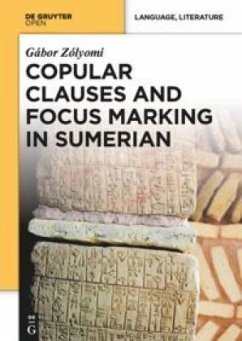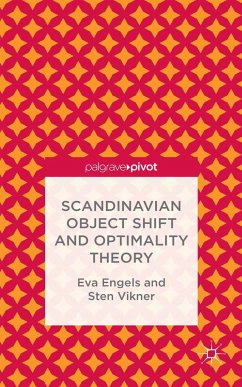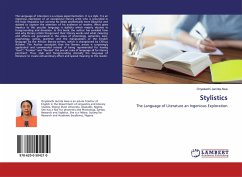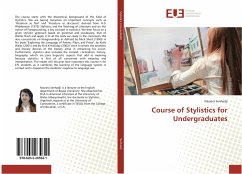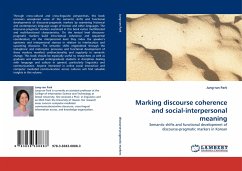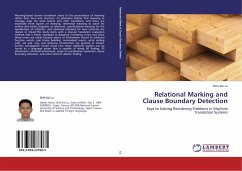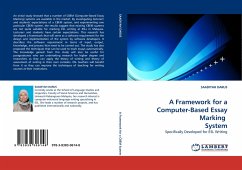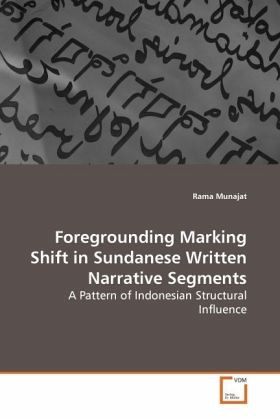
Foregrounding Marking Shift in Sundanese Written Narrative Segments
A Pattern of Indonesian Structural Influence
Versandkostenfrei!
Versandfertig in 6-10 Tagen
51,99 €
inkl. MwSt.

PAYBACK Punkte
26 °P sammeln!
This monograph reports a dissertation research on how a long-term linguistic contact affects discourse information marking of narrative segments. It particularly looks at the surface patterns and underlying linguistic principles used to describe the foregrounding events in traditional and modern short stories, written in Indonesian (the official language of Indonesia) and Sundanese (the native language of West Java Province). Indonesian and Sundanese have been in an intensive contact since 1945. The cross-linguistic data show how some 60-year of interaction between these two languages appears ...
This monograph reports a dissertation research on
how a long-term linguistic contact affects discourse
information marking of narrative segments. It
particularly looks at the surface patterns and
underlying linguistic principles used to describe
the foregrounding events in traditional and modern
short stories, written in Indonesian (the official
language of Indonesia) and Sundanese (the native
language of West Java Province). Indonesian and
Sundanese have been in an intensive contact since
1945. The cross-linguistic data show how some 60-
year of interaction between these two languages
appears to have impacted on how Sundanese depicts
foregrounding events in the modern texts. This newly
adopted strategy suggests a gradual shift from
particle to active-voice markings. Such a structural
shift suggests not only the use of a new unmarked
word-order pattern, but also motivates changes in
pragmatic relations among the constituents of the
marking patterns as well as the structuring of given-
new information.
how a long-term linguistic contact affects discourse
information marking of narrative segments. It
particularly looks at the surface patterns and
underlying linguistic principles used to describe
the foregrounding events in traditional and modern
short stories, written in Indonesian (the official
language of Indonesia) and Sundanese (the native
language of West Java Province). Indonesian and
Sundanese have been in an intensive contact since
1945. The cross-linguistic data show how some 60-
year of interaction between these two languages
appears to have impacted on how Sundanese depicts
foregrounding events in the modern texts. This newly
adopted strategy suggests a gradual shift from
particle to active-voice markings. Such a structural
shift suggests not only the use of a new unmarked
word-order pattern, but also motivates changes in
pragmatic relations among the constituents of the
marking patterns as well as the structuring of given-
new information.





